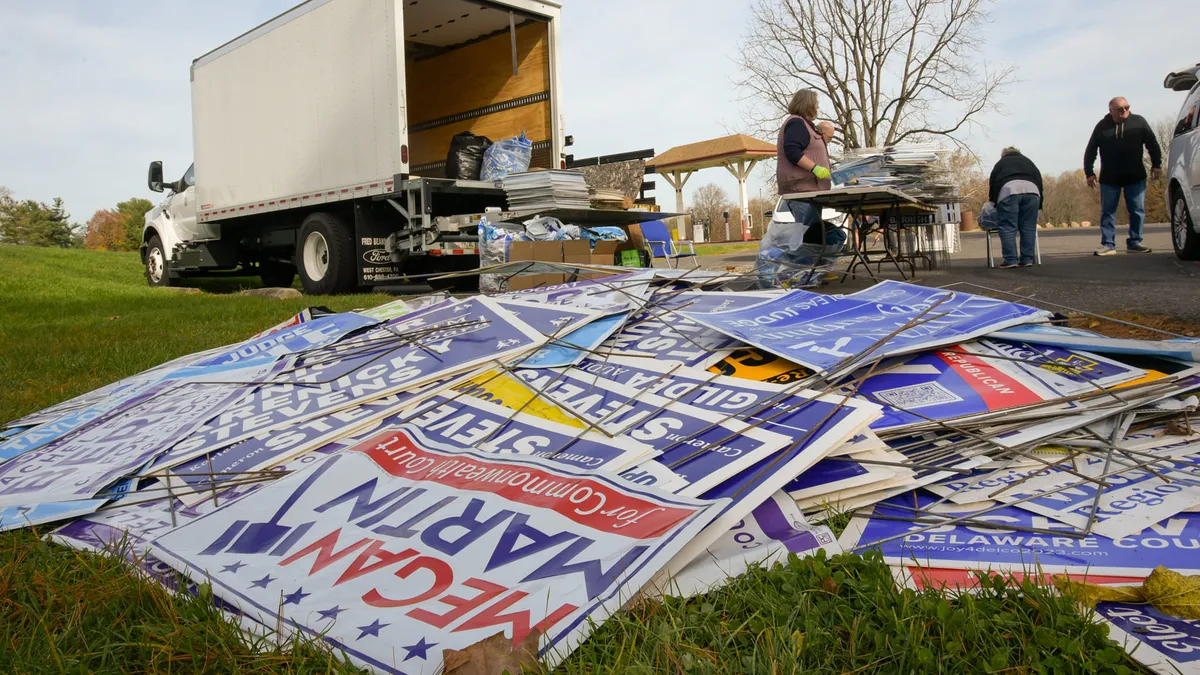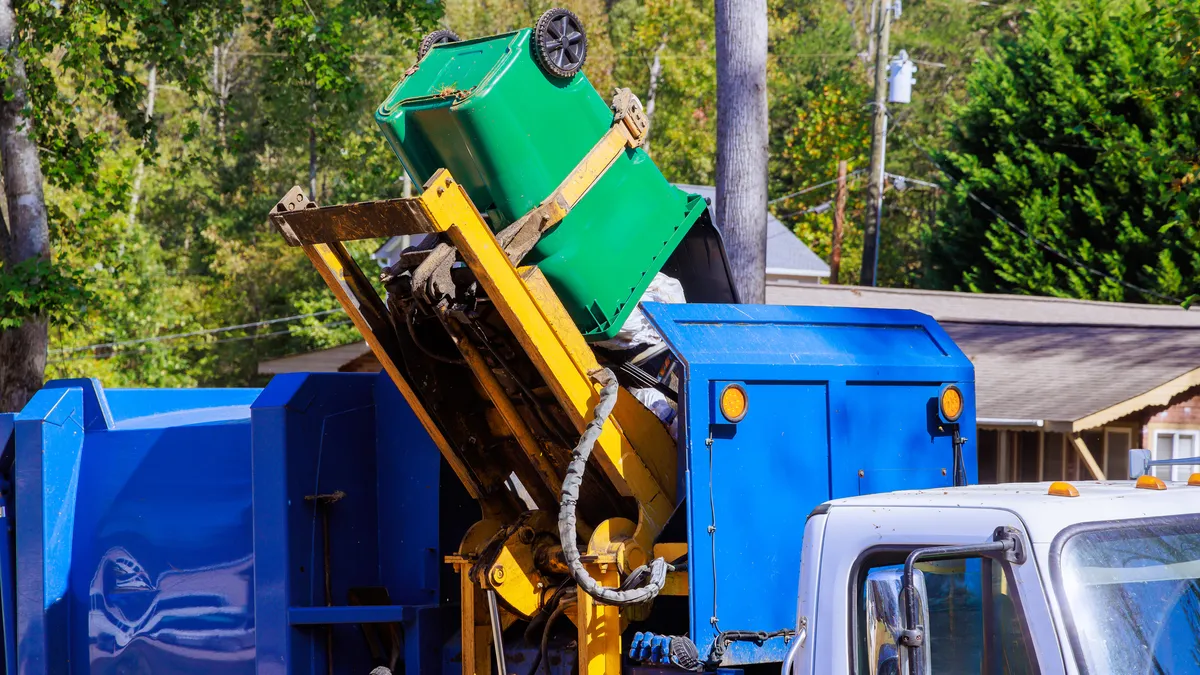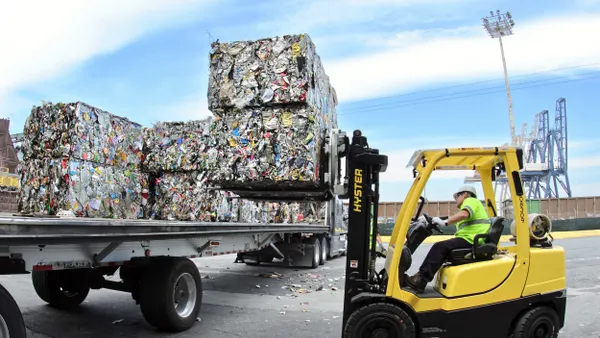Dive Brief:
- Philadelphia Mayor John Kenney has formed the Zero Waste and Litter Cabinet by executive order to put the city on the path toward becoming a "zero waste" city, as reported by The Philadelphia Inquirer.
- The 16-member group will have representatives from multiple city agencies, the regional transportation authority, the local school district and nonprofit organizations. They will have six months to formulate a plan for diverting more waste for recycling.
- The cabinet's main goals will include making Philadelphia a "zero waste" city by 2035, reducing illegal dumping, improving community engagement around littering, identifying measurable standards and releasing annual reports.
Dive Insight:
Kenney was elected last year and ran in part on a promise to clean up litter, possibly by bringing back regular street cleaning if needed. The city is one of the only major urban areas in the U.S. without regular street cleaning service and many residents have taken the task upon themselves. One city official estimated that it could cost at least $18 million to get the program running and more than $3 million per year to manage after that.
While the city's most recent sustainability report touted a diversion rate of more than 70%, this also included material from other sectors and material sent to waste-to-energy facilities. The diversion rate for curbside residential recycling was slightly more than 20%. Though the recent mandate that new homes include in-sink disposers could help divert more organic material from the waste stream in future years.
Even with the disposers, Philadelphia may need to rethink its program because Kenney has changed course from his predecessor by saying that "zero waste" does not include incinerators. Many other major cities — with the exception of New York — also don't foresee using WTE to reach their high diversion rate goals. None have achieved those goals yet, though a number of their target years are coming up before 2035, so Philadelphia will have many examples to learn from.












